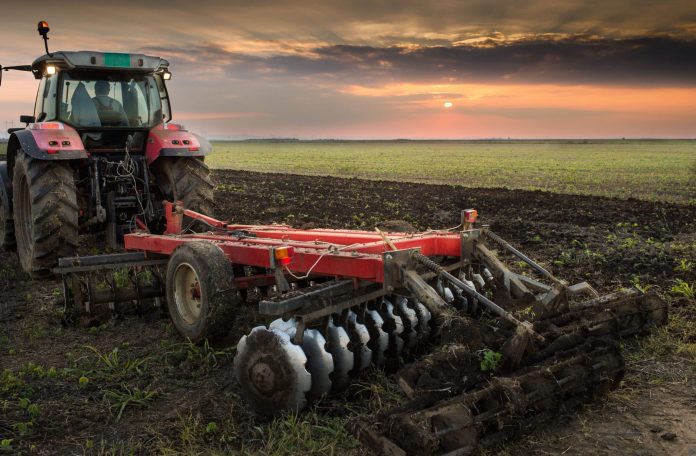With the forecasted growth in the global population, agriculture faces a very big challenge to rapidly increase food production. To achieve this goal, precision agriculture supported by internet of things (IoT) tools is being implemented in farming projects around the globe to improve the potential of the industry.
The implementation of IoT has the potential to change agriculture for good, making this traditional activity more efficient and predictable. Precision agriculture can help farmers deal with a number of challenges presented by agriculture such as water shortages, the limited availability of suitable lands for crop plantations, the difficulties farmers have to manage costs and the need to meet the increasing global demand for food resources.
“With no less than 10 billion mouths to feed within the next half century, digital agriculture will be the backbone of the secure, sustainable and food production system, Joe Michaels, senior director of Global Product Management for Precision Solutions at CNH Industrial, said during a presentation at the Enterprise IoT Summit, which took place in Austin, Texas, earlier this year.
Michaels said that the four main pillars of precision agriculture are planning, seeding/planting, applications control and harvesting. The executive highlighted that precision agriculture tools allow farmers to obtain knowledgeable farm management decisions, machine and operator efficiency, lower input costs as well as higher yield production.
According to Michaels, the evolution of precision farming technologies will enable new functionalities such as connectivity to third party services and the provision of real time information which will be analyzed and used immediately.
Agriculture has traditionally been a somewhat risky economic activity and farmers around the world have been impacted by economic downturns and environmental shifts. Precision agriculture implements IoT systems and technologies in order to essentially reduce potential missteps and, in turn, maximize yields.
Precision agriculture uses IoT applications, which help farmers to increase the quality, quantity, sustainability and cost effectiveness of agricultural production. These tools allow the farmers to know what seeds to plant, the amount of fertilizer they need to use, the better time to harvest as well as the expected crop outputs. Through the implementation of IoT, farmers can also monitor sensors that can be used to detect soil moisture, crop growth and livestock feed levels, among other key functions. The sensors can also remotely manage and control connected harvesters and irrigation equipment.
Certain IoT platforms used in the agriculture industry allow farmers to manage the big amounts of data collected from sensors, cloud services such as weather or maps, connected equipment and existing systems. The platforms also leverage big data and analytics tools to provide insight and recommendations to improve the decision-making process.
According to Beecham Research, the adoption of smart farming tools will intensify from 2017 to 2020. “The interest in IoT is already strong from agricultural machinery vendors such as John Deere, Claas and CNH Global, while there is also considerable attention on data and farm management systems from a variety of players including agri-food giants such as Monsanto,” the study said.
However, precision agriculture still faces a big challenge as IoT systems rely on internet connectivity and many rural areas still lack of enough wireless infrastructure as many mobile telephony services providers still focus on more densely populated areas.
Click here for a playlist of videos recorded during the Enterprise IoT Summit.

